Eating Out with Diabetes: 7 Mistakes to Avoid
Restaurants can be a disaster zone for diabetes--know how to stay healthy.

Tips for Dining Out with Diabetes
Restaurants can be a danger zone for diabetes, filled with meals that take your blood sugar levels on a carnival ride. Making the right choices isn't always easy, says registered dietician Janice Baker, a diabetes educator and nutrition consultant in San Diego. "Things you think are healthy may be deceiving. Salad sounds like a great choice, but the dressing can add 300 to 400 calories, not to mention the sodium and fat." But there's no need to stay in, Baker says. It's getting easier and easier to find healthy options, even in some fast food restaurants. Plan ahead, read menus carefully, and don't be afraid to ask for healthy substitutes. Here are more tips to keep you on track.
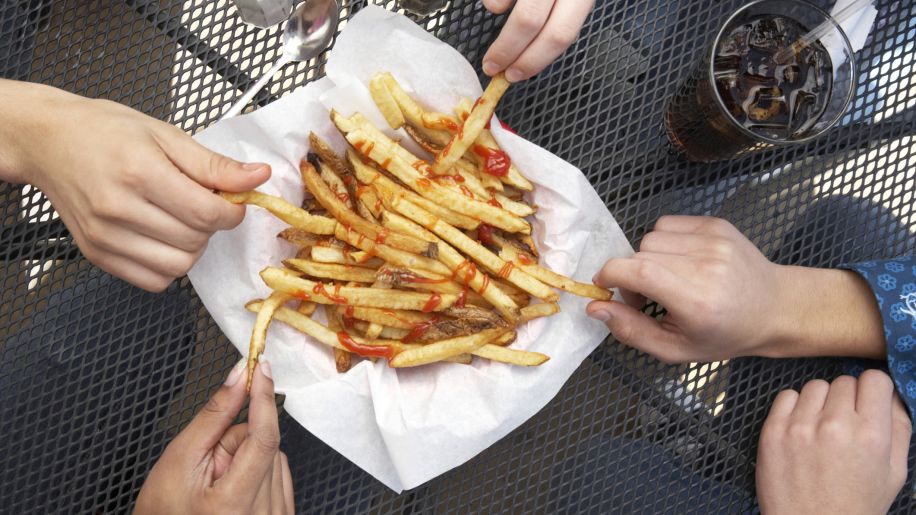
Mistake #1: Eating Fried Foods
You know to go easy on fried chicken, but fish tacos are healthy, right? Not if the fish is fried, which it often is. When ordering beef, chicken, or pork, ask for broiled or grilled. If French fries come with your meal, ask for a substitute or a double order of veggies instead. At breakfast, swap hash browns for a fruit cup. Use caution with Chinese or Thai food. Many times, the meat in Asian dishes is fried before it's mixed into a combination dish, and sauces tend to be high in fat and sodium. Choose a stir-fry dish with vegetables as the star. Be sure meat is grilled and choose brown rice. If a dish surprises you by arriving breaded and fried, peel off the outside coating and set it aside.
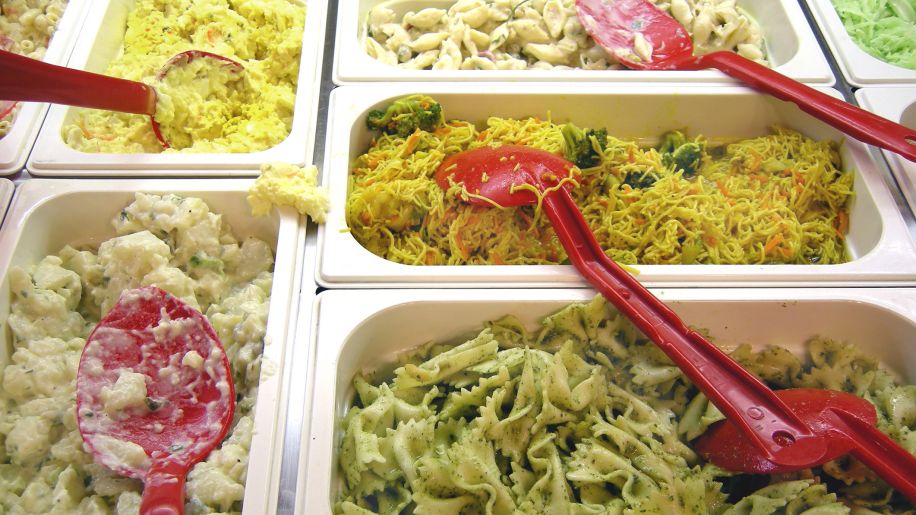
Mistake #2: Dressing Your Meal in Fat
Sauces and dressings are hidden pitfalls. Beware of anything creamy or cheesy. Tuna and chicken salad may seem healthy but are often laden with fat from mayo and oil. Opt for broth or tomato-based soups instead of creamy soups and chowders. When choosing salad dressings, skip the ranch, thousand island, and blue cheese in favor of Italian or vinaigrette. Ask for dressing on the side, then dress your salad sparingly, tossing in a little at a time. Another clever tip from the the American Diabetes Association: Leave your salad undressed, then dip your fork in the dressing before each bite. The best option of all is to dress your salad European-style with olive oil and vinegar.
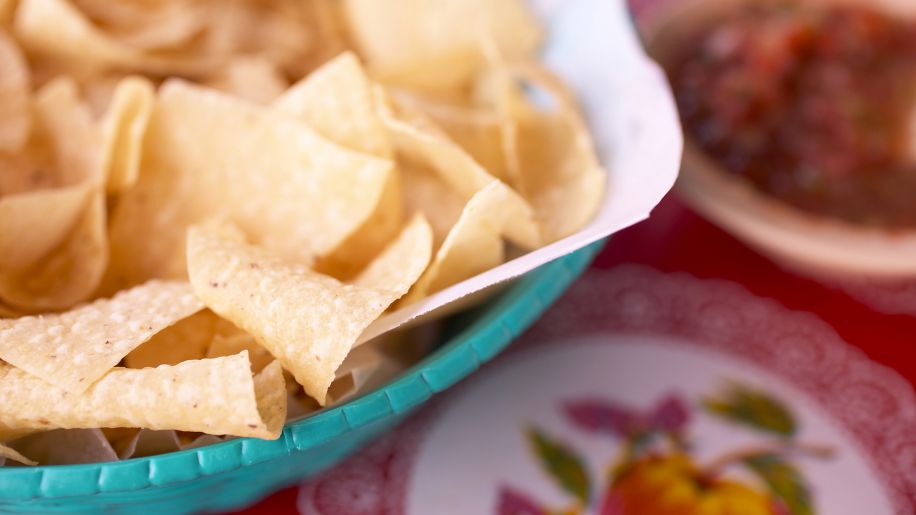
Mistake #3: Filling Up on Chips or Bread
Bread is one of the most dangerous foods for people with diabetes, especially if it's made with white flour. White flour has had most of the germ and fiber removed from the wheat, so it spikes your blood sugar much faster than whole wheat flour. The chips served before a meal are another no-no -- they're made with white and corn flour, and the salt can make you retain water weight that may take days to come off. If it’s hard to have just a few chips or a small piece of bread, ask the server to remove it from the table, says Baker. "That's when we're at our hungriest, when we first sit down, and it can be really tempting."

Mistake #4: Eating the Entire Serving
Your mom may have said to clean your plate, but that's dangerous when dining out. Portion control is key to good blood sugar control. So how do you watch portions when all that good food is right there? Start by planning your meal, says Baker. Evaluate how hungry you are, and when your food arrives note the amount on the plate. If it's more than you should eat at one sitting, move some of the food off to one side to take home. If you're tempted to eat more than you've portioned off, let yourself savor one more bite -- then box up the rest. Two more tips from the American Diabetes Association: Order an appetizer and side salad vs. an entrée, or share an entrée and salad with a friend.

Mistake #5: Overindulging in Simple Carbs
There's a reason restaurant meals go heavy on the carbohydrates. They're satisfying and popular -- they're not called "comfort food" for nothing. They're also not diabetes-friendly. Potatoes, pasta, and other so-called "white" foods are high on the glycemic index, converting to sugar very quickly in your body. Ask about substitutes when you order -- ask for a double order of vegetables and skip the baked potato. If you really love pasta, order it as a side with a meat or fish entrée, and ask if whole wheat pasta is available. If you must have that baked potato, top it with salsa or a little salt and pepper -- not butter, sour cream, and cheese.
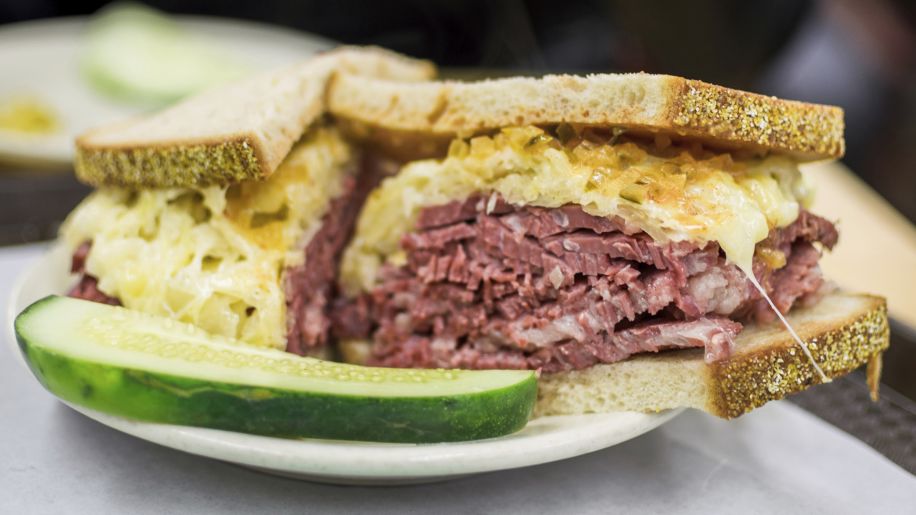
Mistake #6: Choosing the Wrong Protein
If you're not careful, a simple sandwich can become a fat-laden disaster. Bypass salami and pastrami for sliced turkey, chicken, or beef -- the leaner, the better. Avoid layers of cheese and condiments, too. Breakfast protein choices are even more important since breakfast is a carb-heavy meal to begin with. The answer? Eggs. "We used to be paranoid about eggs, but now we know that eggs are a great source of protein and all kinds of nutrients," says dietician Janice Baker. Like olive oil, eggs also contain a type of fat that can help control your appetite. Beans are another tricky one: they're high in protein, but refried beans have a lot of added fat, so choose whole beans instead.
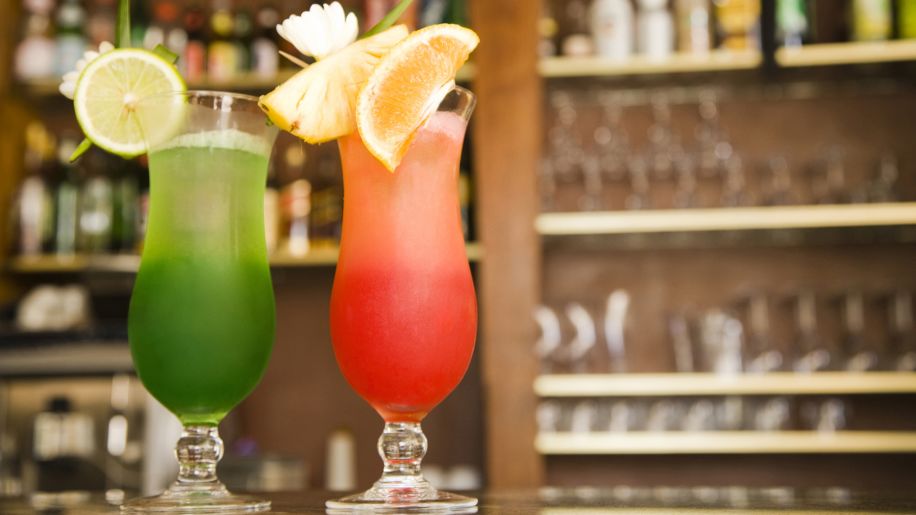
Mistake #7: Bottoming Out on Drinks
What's the point of making careful meal choices, if you zero out all of your gains with what's in your glass? You probably know better than to order a soft drink, but sugar hides in other restaurant beverages as well. Iced tea is often pre-sweetened with enormous amounts of sugar, and lemonade can be even worse, so try a seltzer-based spritzer instead. Other beverage pitfalls? Mixed drinks often contain sugary mixers. Tonic water contains sugar, while club soda is usually sugar-free. Ask for diet or club soda in your mixed drinks, and real fruit juice rather than concentrates when available.
Featured Content
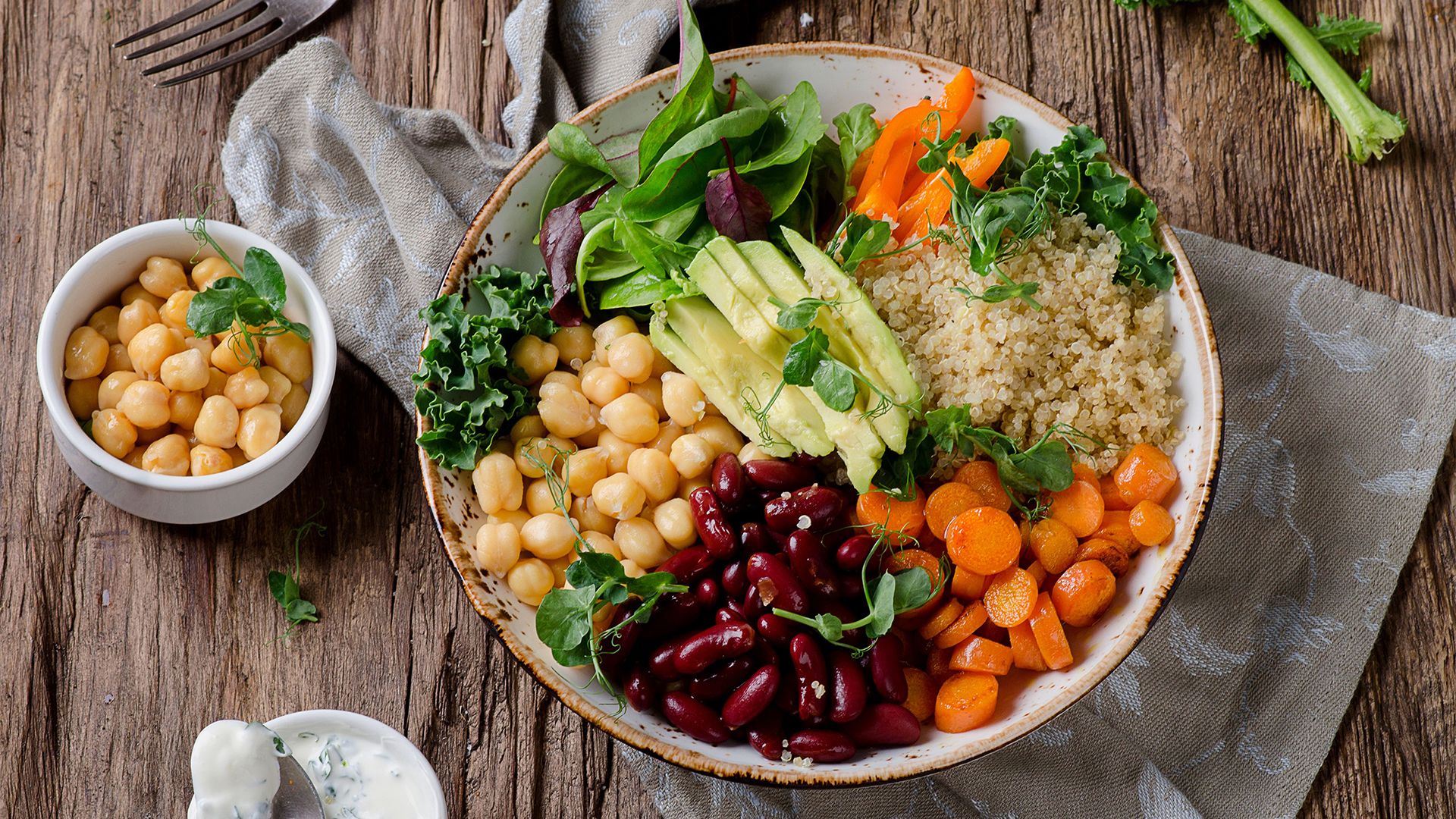
article

article
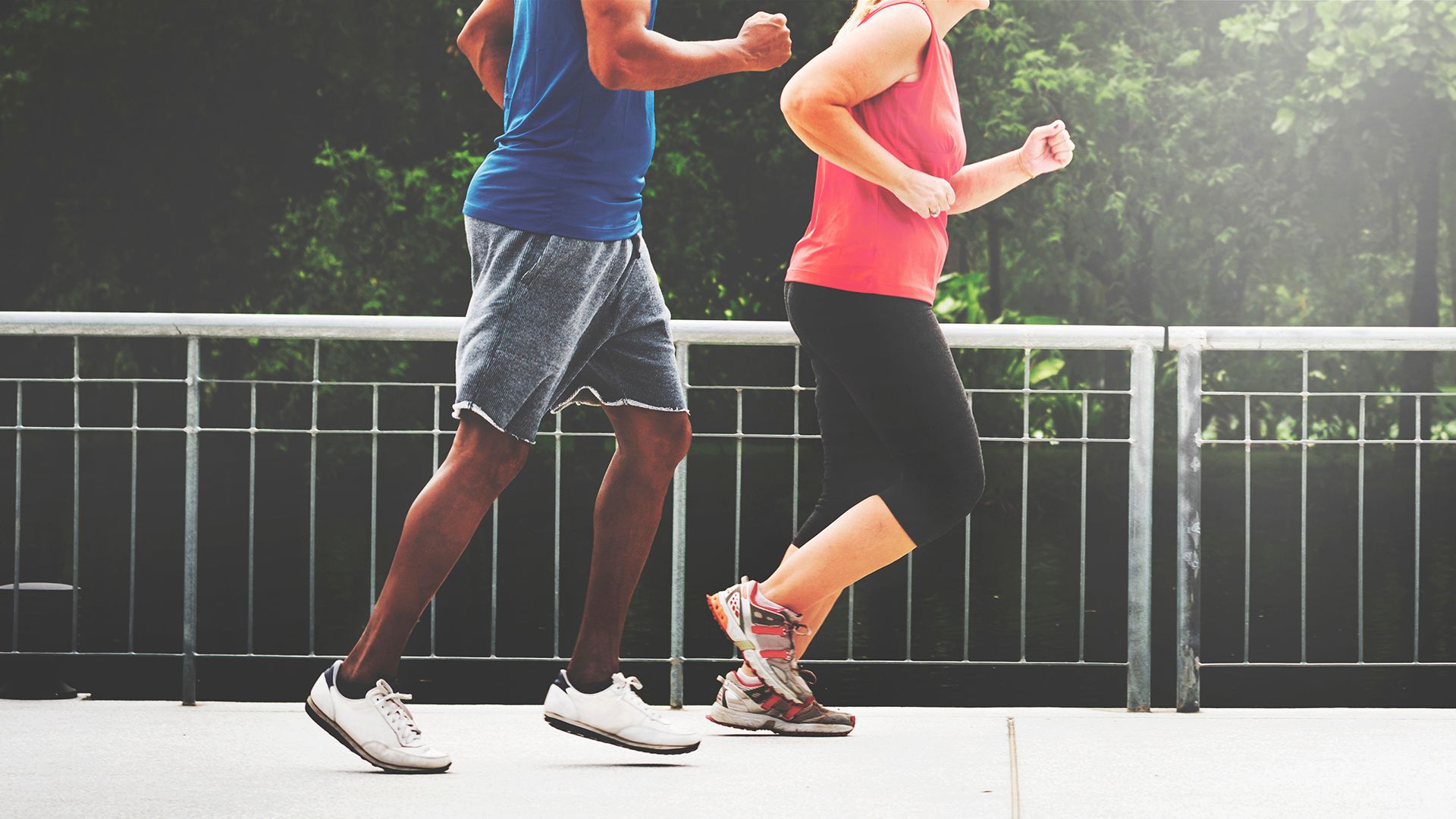
article

slideshow

slideshow
